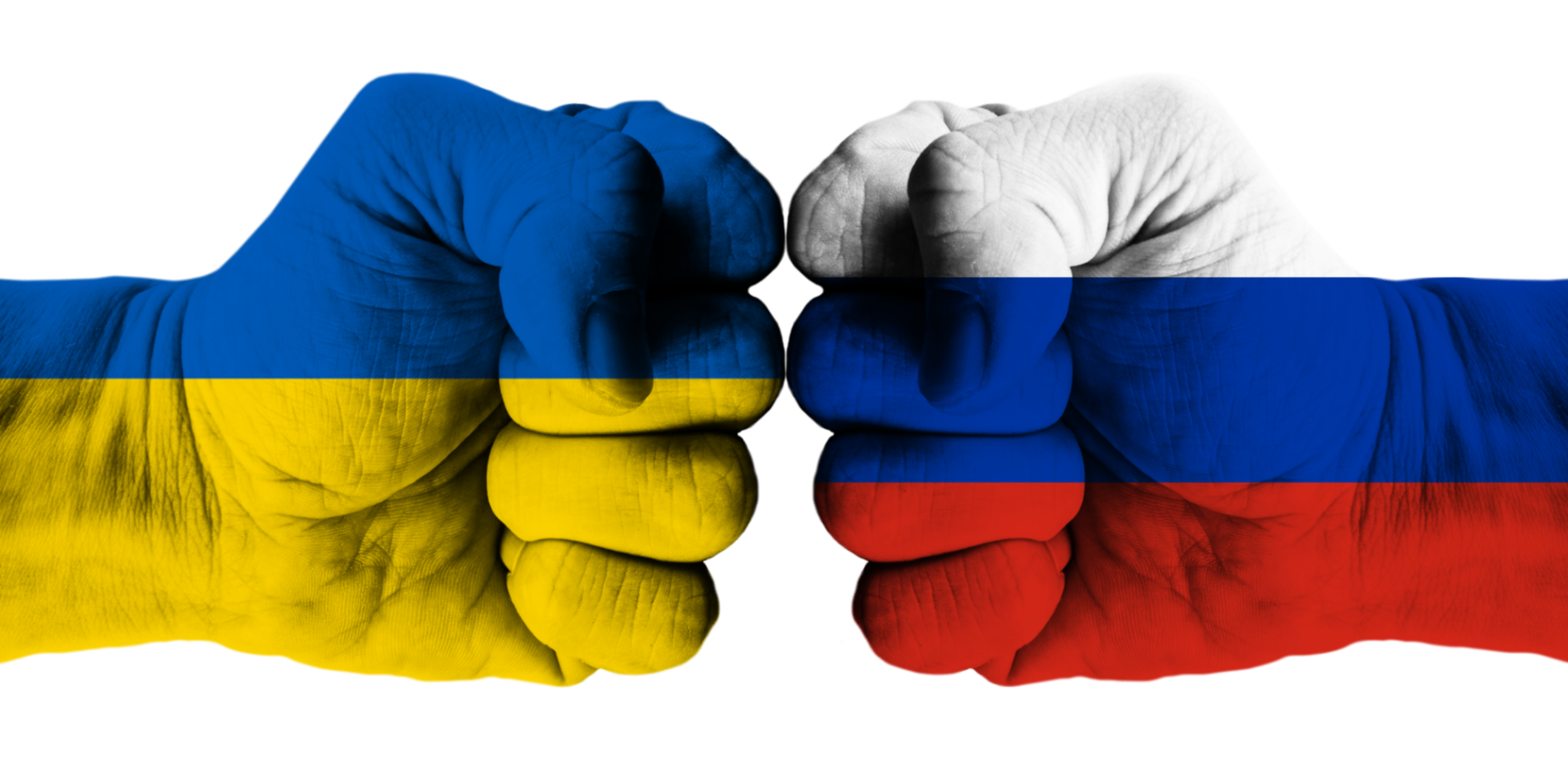As the whole world woke up to the news of Putin authorising the military to invade Ukraine on 24th Feb 2022, we saw the stock markets plunge and the oil prices rise. And, many more repercussions are yet to happen because of this war. You might have been wondering what caused this sudden war and there are various reasons attributed to it like bringing ethnic Russian populated states back to Russia, Putin not liking the expansion of NATO which was previously agreed and Russia looking to bring back the old days of the USSR. But here, we wanted to discuss another perspective of this war: the chase for Energy.
The story goes back three decades & before. The countries we know today like Russia, Ukraine and Belarus have all been part of the massive empire called the USSR. However, the collapse of the USSR in the 1990s took away any important assets from Moscow and led to the formation of 15 different independent countries. The Russian GDP is USD 1.65 Billion in 2021, just merely higher than that of Spain which has one-third the population of Russia and seized being a great power in the 18th century.
Despite being lower on the economic side, Russia is a superpower in Energy, especially in fossil fuels. It is in fact the 2nd largest producer of Oil in the world ahead of the countries like Saudi Arabia and Iraq. This has been gold for their economy as it contributes to nearly 30% of its GDP, helped it pay off debts and fund military operations to be a global super-power.

European countries have been relying on Russia for its gas supplies for a long time now (50% of the gas demand is supplied by Russia). As of today, we can assume Russia to be a petro-state like Saudi Arabia and Iraq, the only one from Europe. If you can see the above map, the red lines are all the existing gas pipelines and the blue lines being proposed. The black box shows that the majority of these pipelines run through Ukraine. Back in the days of the USSR, gas pipelines were built like bridges across Ukraine. As time went by, Ukraine started demanding tariffs to the tune of billions in order for the gas to get transported. This also led Russia to build many gas pipelines excluding Ukraine including the Nord steam pipeline that runs across the Baltic Sea to Germany, to meet some of the demand directly. But the saga doesn’t stop here!

The above map is the Russia-Ukraine border and how the troops were placed in the initial attack. The interesting part here is the peninsular region in the Black Sea called Crimea.
Crimea contains an important and the only ice-free port in the region called Sevastopol. More importantly, Crimea which was a part of the USSR was given to Ukrainian control in 1954. As the USSR collapsed in the 1990s, Crimea became automatically part of an independent country, Ukraine.
Back in the early 2010s, it was discovered that 2 trillion cubic meters of natural gas might be lying in the Crimean peninsula. As per Statista, the global natural gas consumption in 2020 was 3.8 million cubic meters, which shows how important this discovery was.
Ukraine being an inferior country in terms of infrastructure couldn’t take immediate advantage of the available resources. Though bigger companies like Shell & Exxon have agreed to enter this zone, the geological and political instability in the region made them back off. And by 2014, Russia annexed the Crimean region and seized buildings, which also gave access to the important gas reserves and Sevastopol.
The other important regions where the troops are placed as shown in the above map are Donetsk & Luhansk. Donetsk and Luhansk, being in the border sharing with Russia, are dominated by Russian ethnics and Russian language speakers.
The technological advancements also led to the production of natural gas and oil from shale rocks. Such shale reserves were found in the Donetsk & Luhansk region in the east of Ukraine in the 2010s. This and the Crimean discovery described above made Ukraine, out of nowhere, the 14th largest in terms of natural gas reserves.
Putin took advantage of the pro-Russian states of Donetsk & Luhansk by introducing mobs and causing conflicts in the region, thereby getting gradual control over the region.
As the saying goes by Plato, all wars are fought for the sake of getting money. And the money here is Energy.
Having said that, energy might not be the only lens through which we should look at this war. There are various other factors beyond the scope of this blog too.
It’s a pleasure to share such information with you because we believe sharing and understanding such information will make this world a better place. The above wouldn’t have been possible without content from RealLifeLore and Wion.
*As we are writing this blog, Zaporizhzhia (home to 6 nuclear plants), the 10th largest in the world, is captured by the Russian military. For starters, Ukraine generates about half of its electricity through nuclear power and 20% through Zaporizhzhia. There are reports that most of the plants are being shut down. It has about 15 nuclear plants, most of them dating back to the 1980s. So, they don’t have the best equipment and can’t shut down the plant fast (owing to chain nuclear reactions). UN atomic watchdog has warned Russia that bombardment endangers these nuclear plants. Well, this war is turning out to be spicier than ever!*

